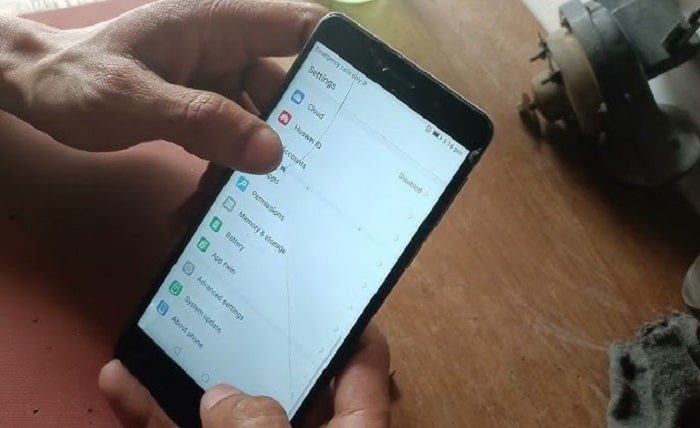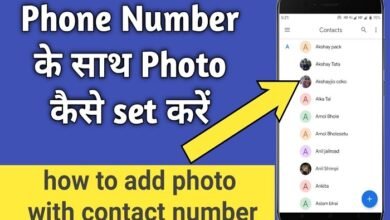“Phone Lagana: A Complete Guide to Effective Call Management in 2024”

Phone lagana, a term derived from Hindi, translates to “making a phone call.” This simple yet vital aspect of communication is an integral part of daily life. Whether for personal or professional purposes, the act of phone lagana connects people and facilitates information exchange.
Understanding the importance of phone lagana in today’s fast-paced world is crucial. It’s not just about dialing a number; it’s about ensuring effective communication while making every call count.
Why Is Phone Lagana Still Relevant in the Age of Messaging?
While messaging apps dominate modern communication, phone lagana remains irreplaceable for urgent, clear, and personal conversations. There’s an immediacy and authenticity to voice calls that text messages often lack. Phone lagana ensures you can convey tone, emotion, and urgency, which is often lost in written communication.
Whether it’s a professional discussion or a personal connection, phone lagana provides clarity and minimizes misunderstandings. Even with technology evolving, this simple act remains a cornerstone of human interaction.
Tips for Effective Phone Lagana in a Professional Setting
Phone lagana in a professional environment requires a strategic approach to ensure clear and productive communication. Follow these tips:
- Prepare Before Dialing: Jot down key points to discuss during your phone lagana. This ensures you don’t miss important details.
- Choose the Right Time: Effective phone lagana involves understanding the recipient’s schedule to avoid inconveniences.
- Keep It Brief: Respect time by keeping phone lagana conversations concise and to the point.
- Confirm Important Details: Summarize key takeaways to ensure mutual understanding during phone lagana.
- Be Courteous: Politeness goes a long way in making your phone lagana experience pleasant and productive.
Implementing these practices can make phone lagana a seamless part of your professional life.
Overcoming Common Challenges During Phone Lagana
Phone lagana isn’t always smooth sailing. From dropped calls to miscommunication, challenges can arise. Here’s how to overcome them:
- Technical Glitches: Test your connection and device settings before phone lagana to avoid interruptions.
- Language Barriers: Use simple language or seek clarification to ensure effective phone lagana in multilingual contexts.
- Background Noise: Choose a quiet space for phone lagana to maintain focus and clarity.
- Missed Calls: Always leave a polite voicemail or follow up with a message if phone lagana isn’t successful.
- Unresponsive Recipients: Respect others’ availability and consider alternative times for phone lagana.
Addressing these challenges ensures smoother communication during phone lagana, regardless of circumstances.
Phone Lagana and Its Role in Building Relationships
Phone lagana plays a pivotal role in strengthening personal and professional relationships. Unlike texts, it fosters direct and meaningful connections. A quick phone lagana can resolve misunderstandings, express emotions effectively, or simply make someone feel valued.
Regular phone lagana helps maintain relationships, especially in today’s busy world where personal interaction often takes a backseat. Whether reconnecting with an old friend or discussing a business proposal, phone lagana adds a personal touch to communication.
The Impact of Technology on Phone Lagana
The evolution of technology has transformed the way we approach phone lagana. From rotary dial phones to smartphones, advancements have made phone lagana faster, easier, and more efficient. Features like speed dial, contact syncing, and call recording enhance the experience of phone lagana.
Modern tools, such as video calls and VoIP services, have expanded the scope of phone lagana, making it possible to connect globally at minimal cost. However, these advancements also bring challenges, like dependency on stable internet for seamless phone lagana.
Best Apps for Phone Lagana in 2024
With the abundance of communication apps available today, choosing the right one for phone lagana can be overwhelming. Here’s a list of top apps that excel in phone lagana:
- WhatsApp: Offers reliable voice and video calling for personal and professional phone lagana.
- Skype: Ideal for international phone lagana with robust features for business communication.
- Google Voice: A great option for free phone lagana within the US and Canada.
- Zoom: Primarily for video calls but excellent for group phone lagana.
- Telegram: Secure and efficient for phone lagana, with privacy-focused features.
These apps cater to different phone lagana needs, ensuring you can stay connected effortlessly.
Conclusion
Phone lagana remains an essential part of our lives, bridging gaps and fostering connections. Despite technological advancements, its relevance endures, offering a direct and personal way to communicate. Whether for personal bonding or professional discussions, effective phone lagana can make all the difference in achieving clarity and understanding.
By choosing the right tools, addressing challenges, and practicing good etiquette, you can elevate your phone lagana experience. In a world full of digital distractions, a simple phone call can be a powerful tool to create meaningful connections.
FAQs
1. What does phone lagana mean?
Phone lagana is a Hindi term that means “making a phone call,” used to describe the act of connecting with someone over the phone.
2. How can I improve my phone lagana experience?
Prepare before the call, ensure a good connection, and communicate clearly to make your phone lagana more effective.
3. Are there apps specifically for international phone lagana?
Yes, apps like Skype and Google Voice are excellent for international phone lagana, offering affordable and reliable options.
4. What should I do if my phone lagana doesn’t go through?
Leave a voicemail or follow up with a text message to ensure your communication reaches the recipient.
5. Why is phone lagana still important today?
Phone lagana offers immediacy, clarity, and emotional connection that text-based communication often lacks, making it a vital tool even in modern times.





